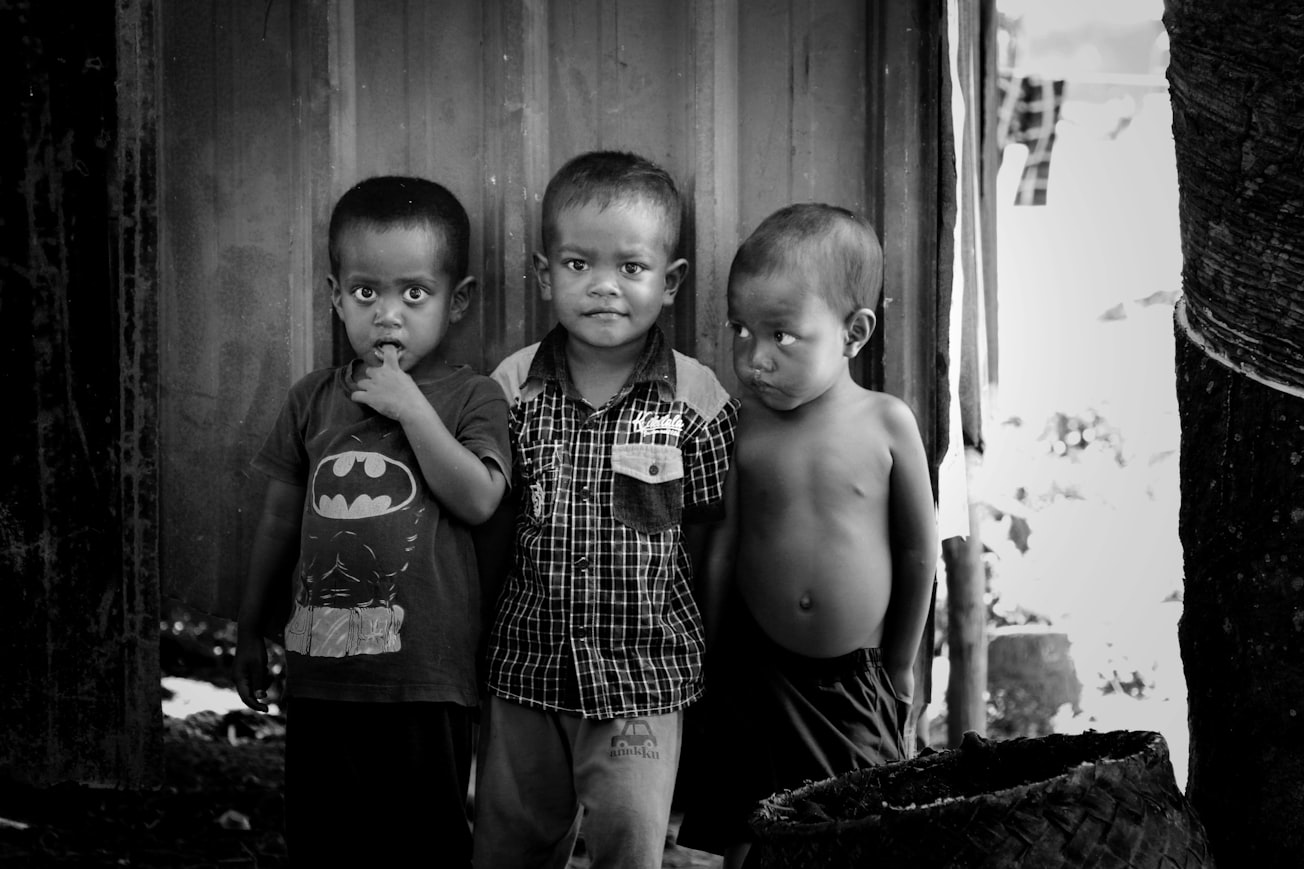What is it about?
We studied 14,727 babies born in Indonesia from 2007 to 2012 to understand why some don't make it past five years old. We found that factors like a mother's education, where she lives, and economic status affect a baby's chances of survival. This information can help design better ways to help these babies.
Featured Image

Photo by Edmund Lou on Unsplash
Why is it important?
Our study, based on data from 2007 to 2012, uncovers fresh insights into why some Indonesian babies don't survive past five years old. What sets our work apart is its focus on the unique factors affecting infant mortality in different regions and among different socioeconomic groups. By pinpointing these specific factors, our research can inform targeted interventions, improving child survival rates. Given the ongoing global effort to reduce child mortality, our findings are timely and relevant, making our work a valuable resource for policymakers and organizations striving to make a difference in child healthcare.
Perspectives
This publication highlights the importance of tailoring child healthcare interventions to specific regions and socioeconomic groups in Indonesia. It's timely given global efforts to improve child survival. This research offers valuable insights for policymakers and organizations striving to make a meaningful impact on child healthcare in the country.
Mr Ferry Efendi
Universitas Airlangga
Read the Original
This page is a summary of: Analysis of the Survival of Children Under Five in Indonesia and Associated Factors, IOP Conference Series Earth and Environmental Science, February 2018, Institute of Physics Publishing,
DOI: 10.1088/1755-1315/116/1/012014.
You can read the full text:
Contributors
The following have contributed to this page







